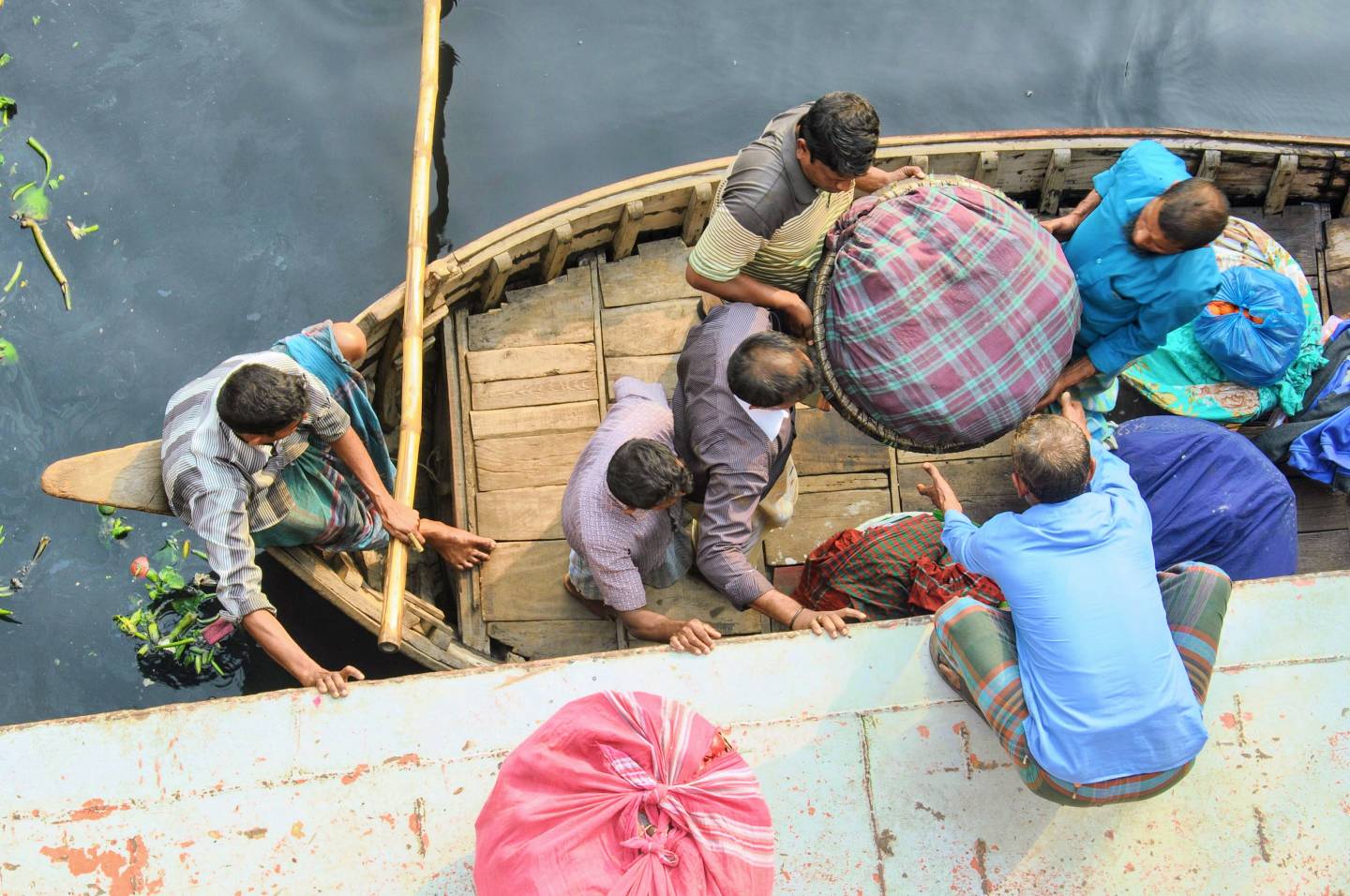What’s the fundamental point of the existence of a city? I think it is—proximity. Proximity is the single most important reason for the cities to exist. Remove proximity, the cities disappear. That’s why “social distancing” can never be “normal” in a city. However it may be defined, it can never be palatable in the long run. Distance is fundamentally anti-urban. Social distancing is abnormal, it will remain abnormal. If social distancing continues, cities will fall apart.
Social distancing can not be compensated by virtual or digital proximity. Cities exist because of the specific necessities and advantages of physical connections. No matter how close we are virtually, the existence of cities becomes irrelevant if physical proximity is removed. If social distancing is enforced, and virtual connection is emphasised, one can simply live their lives from a tranquil remote island or a village with an internet connection. If that’s the scene, then why would anyone live in a city to begin with, ever, at all?

Improvements around how to live healthier by maintaining less frequent touches or by keeping reasonable “temporary” social distancing is a matter of discussion and design for future incidents of global pandemics. However, these changes are mostly necessary at the small tools, furniture and architecture level, not at an urban scale. A global pandemic may not change the way cities are fundamentally designed or the way they function. Since the ‘pandemic response’ and ‘cities’ are antagonistic and counterproductive to each other, they can not coexist. The same reason, no matter how important it may seem, the pandemic and its effects will have nothing much to do with the future of cities. Either one will exist. It is either social-distancing or cities. These two can not be designed to co-exist.
That’s why all the thoughts and plans around designing or redesigning cities keeping social distancing as a permanent or long-term situation—are bound to fail. These are unreasonable, unrealistic thoughts and exercises that we should move on from.

Rather, our focus of design thinking should limit to the strategy of how cities may “temporarily” function under the enforcement of social distancing, and how to reduce physical touch while navigating through public facilities and buildings; and into designing even more closely located facilities around smaller clusters of neighbourhoods—that can let the clusters sustain under lockdown without inter-district, intercity interventions. Quarantine, accommodation and transport facilities for health sector workers and other frontline personnel can be strategised.
Also, the overall HVAC system of each building should be an important focus of healthy design, keeping airborne viruses like the Coronavirus in mind. In Bangladesh for example, there is a serious scarcity of trained HVAC designers. All that the “AC mistris” understand is whether the diffuser is blowing cold air or not. The concepts of the ratios of fresh air intake, control of humidity, filtration, measurements and control of various gaseous elements in the air are completely missing. Architects need to intervene and improve this wreck of a situation. Unless otherwise ‘controlled air’ is specifically required for some function in a special space, every single room on the face of the earth should come with the option of natural ventilation.
Although, none of these measures is changing anything of large scale urbanism. The pandemic is not changing the fundamental principles of cities. Human proximity, social connections, activities, environment-friendly public spaces—these are still the goals of cities. Nothing is changing there. The pandemic is not perpetuating social distancing, cities do not work that way. While discussing the so-called “new normal,” we need to keep our focus right. Otherwise the fear-mongering, catch-phrase-heavy webinars may do more harm than good for the future of our cities.

The drawing and photos are by the author. This is an opinion piece.



